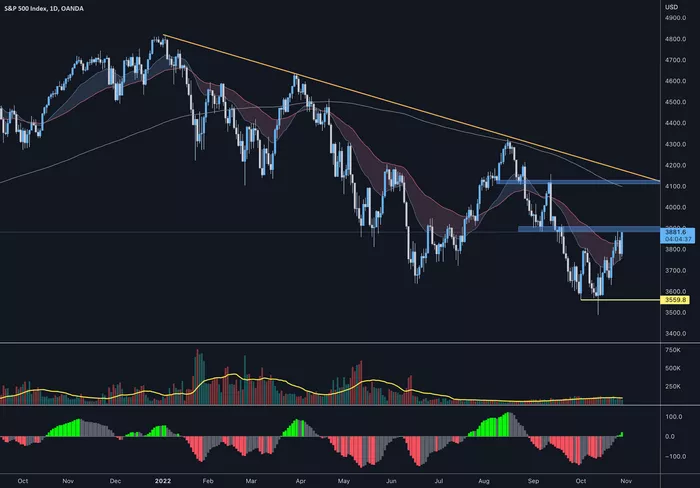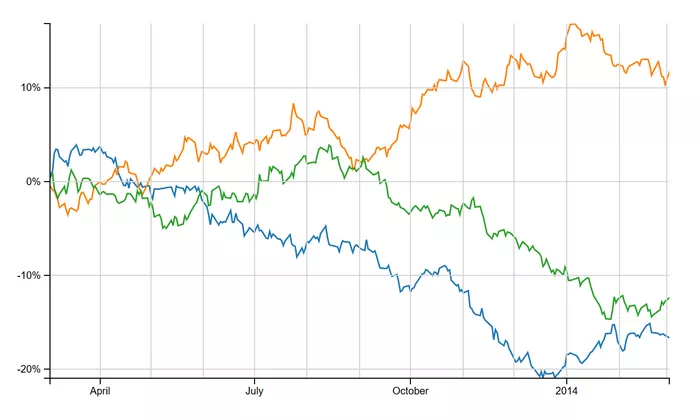Penny stocks are often seen as a way to earn substantial profits with small investments. Due to their low price, they can be appealing to retail investors who are looking for high returns. However, investing in penny stocks comes with risks, as they are typically more volatile and less liquid than larger, well-established stocks. With the rise of commission-free trading platforms like Robinhood, penny stocks have become more accessible than ever before. This article will provide a comprehensive guide on how to find penny stocks on Robinhood, offering clear steps and helpful tips to assist you in making informed investment decisions.
What Are Penny Stocks?
Before diving into how to find penny stocks on Robinhood, it’s essential to understand what penny stocks are.
Penny stocks refer to stocks that trade at a low price, usually below $5 per share. These stocks are often issued by smaller companies with limited resources, and they can be highly speculative. Due to their low trading volume and lack of liquidity, penny stocks are often more prone to price manipulation and extreme volatility. However, their low cost attracts many investors looking to maximize returns on small investments.
In the context of Robinhood, penny stocks are typically found under the “Stocks” section, and the platform provides tools that make it easier to research and find them.
Why Do People Invest in Penny Stocks?
Penny stocks are often sought after for their potential for rapid growth. Investors may choose penny stocks for several reasons:
Low Entry Point: Penny stocks have a low price per share, making them affordable for small investors.
Potential for High Returns: Due to the volatility of these stocks, there is a possibility of significant price movement, which could result in high returns.
Speculative Investment: Investors often purchase penny stocks as part of speculative strategies, hoping that the companies will grow into larger and more successful enterprises.
However, it’s important to note that the same volatility that creates potential for profit also increases the risk of losses.
Steps to Find Penny Stocks on Robinhood
Finding penny stocks on Robinhood is relatively straightforward. Here’s a step-by-step guide to help you locate and invest in these types of stocks.
1. Open Your Robinhood Account
If you haven’t already done so, the first step is to create an account on Robinhood. The process is simple:
Sign up on the Robinhood website or mobile app.
Link your bank account to deposit funds.
Complete identity verification, which may take a few minutes.
Once your account is set up, you’re ready to start looking for penny stocks.
2. Use the Search Bar
After logging into your Robinhood account, you can search for penny stocks using the search bar at the top of the screen. Simply type keywords like “under $5” or search for specific companies that you suspect may be trading at lower prices.
However, Robinhood doesn’t have a direct filter for penny stocks. You’ll need to manually look through stocks that fit your criteria.
3. Use Robinhood’s Watchlist Feature
Robinhood’s Watchlist feature is a helpful tool for keeping track of penny stocks you’re interested in. To add penny stocks to your Watchlist:
Search for the stock using the search bar.
You can create different lists to categorize stocks by their price range or potential for growth.
The Watchlist allows you to monitor the performance of penny stocks without committing to buying them right away. This is a great way to track how the stocks are performing and decide when it’s the right time to invest.
4. Browse Penny Stocks Using the Robinhood App
While Robinhood doesn’t have an explicit filter for penny stocks, you can browse stocks by price range using the app’s Browse feature. Follow these steps:
Open the Robinhood app and navigate to the Browse tab.
Use the search feature to filter stocks by price.
Look for stocks that are priced under $5 per share.
You can also sort stocks by percentage changes, which will allow you to spot penny stocks that have seen large fluctuations in price recently.
5. Leverage External Tools and Screeners
Although Robinhood doesn’t offer an extensive filtering tool for penny stocks, you can use external stock screeners to find stocks that meet your criteria. Websites like Finviz or Yahoo Finance offer stock screening tools that allow you to search for stocks based on various parameters, including price.
You can filter by price, market capitalization, volume, and other factors to find stocks under $5. Once you have identified potential penny stocks, you can search for them on Robinhood and add them to your Watchlist.
Important Considerations When Investing in Penny Stocks
While penny stocks can be an appealing investment, it’s essential to understand the risks involved. Here are some factors to consider before investing in penny stocks:
1. Volatility and Risk
Penny stocks are often subject to extreme price swings. This means that while there is potential for significant returns, there is also the risk of losing your investment quickly. Due to their low market capitalization, these stocks can experience rapid price fluctuations based on speculation or even rumors.
2. Lack of Liquidity
Liquidity refers to how easily you can buy or sell a stock. Penny stocks tend to have low trading volumes, meaning there may not always be buyers or sellers when you need them. This lack of liquidity can lead to difficulty in executing your trades at favorable prices.
3. Limited Information and Research
Smaller companies that issue penny stocks typically have less information available to the public. Unlike larger companies, which must comply with strict financial reporting regulations, penny stock companies may not provide detailed or accurate financials. This lack of transparency can make it harder to assess the true value of the stock.
4. Pump and Dump Schemes
Penny stocks are often targets for pump and dump schemes. In these scams, individuals or groups artificially inflate the stock price through misleading information, only to sell off their shares once the price has risen. This manipulation causes the stock price to crash, leaving unsuspecting investors with significant losses.
5. Regulatory Risks
Many penny stocks are not traded on major exchanges like the New York Stock Exchange (NYSE) or the NASDAQ. Instead, they may be traded over-the-counter (OTC). OTC stocks are subject to fewer regulations, which can increase the risk of fraud and manipulation.
How to Mitigate Risk When Investing in Penny Stocks
If you decide to invest in penny stocks, there are ways to mitigate your risk:
1. Do Thorough Research
Before investing in any penny stock, do extensive research. Look for companies with solid financials, a track record of growth, and a strong business model. Pay attention to any news or developments that could impact the company’s performance.
2. Diversify Your Portfolio
Don’t put all your money into penny stocks. Diversify your portfolio to reduce risk. Consider balancing penny stocks with more stable investments, such as large-cap stocks or exchange-traded funds (ETFs).
3. Set a Budget and Stick to It
Only invest money that you can afford to lose. Penny stocks are risky, so it’s essential to set a budget and stick to it. Avoid investing more than you can handle losing.
4. Use Stop-Loss Orders
Consider using stop-loss orders to limit your losses. A stop-loss order automatically sells your stock if it reaches a certain price, helping you minimize potential losses in case the stock price declines sharply.
Conclusion
Finding penny stocks on Robinhood is a relatively straightforward process, but it requires careful research and a clear understanding of the risks involved. While penny stocks can offer high potential returns, they are also highly volatile and speculative. Always remember to do thorough research, use tools like Robinhood’s Watchlist to monitor stocks, and consider using external screeners to identify penny stocks that meet your criteria. By taking a disciplined approach to investing in penny stocks, you can reduce your risk and potentially profit from this unique segment of the stock market.
Remember, as with all investments, never invest more than you can afford to lose, and always consider seeking advice from a financial advisor before making significant investment decisions.
Related topics:



























